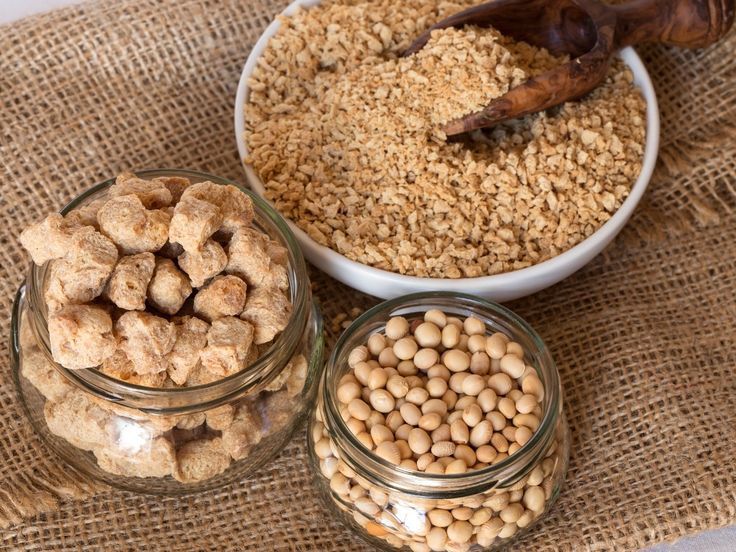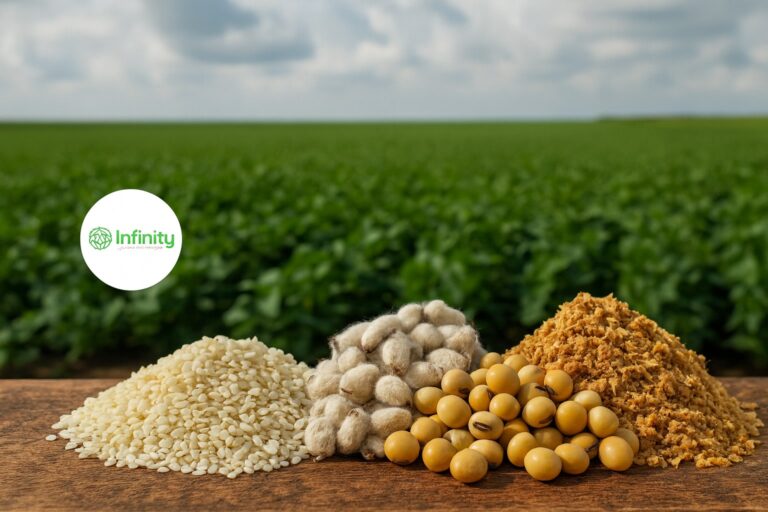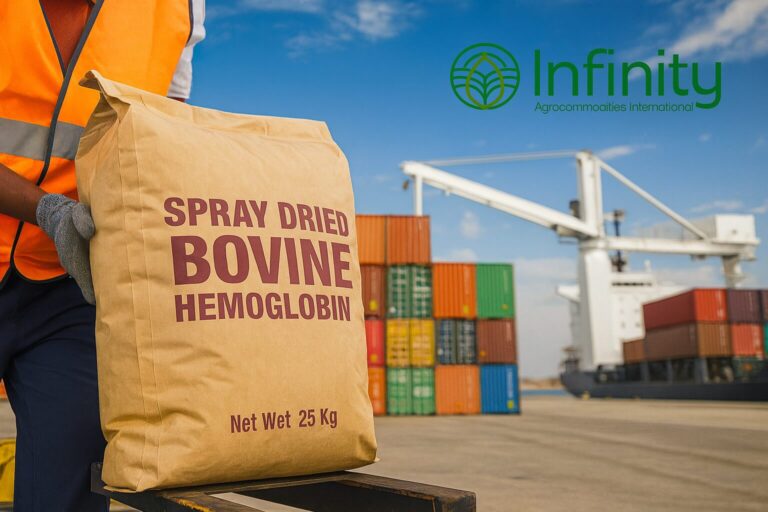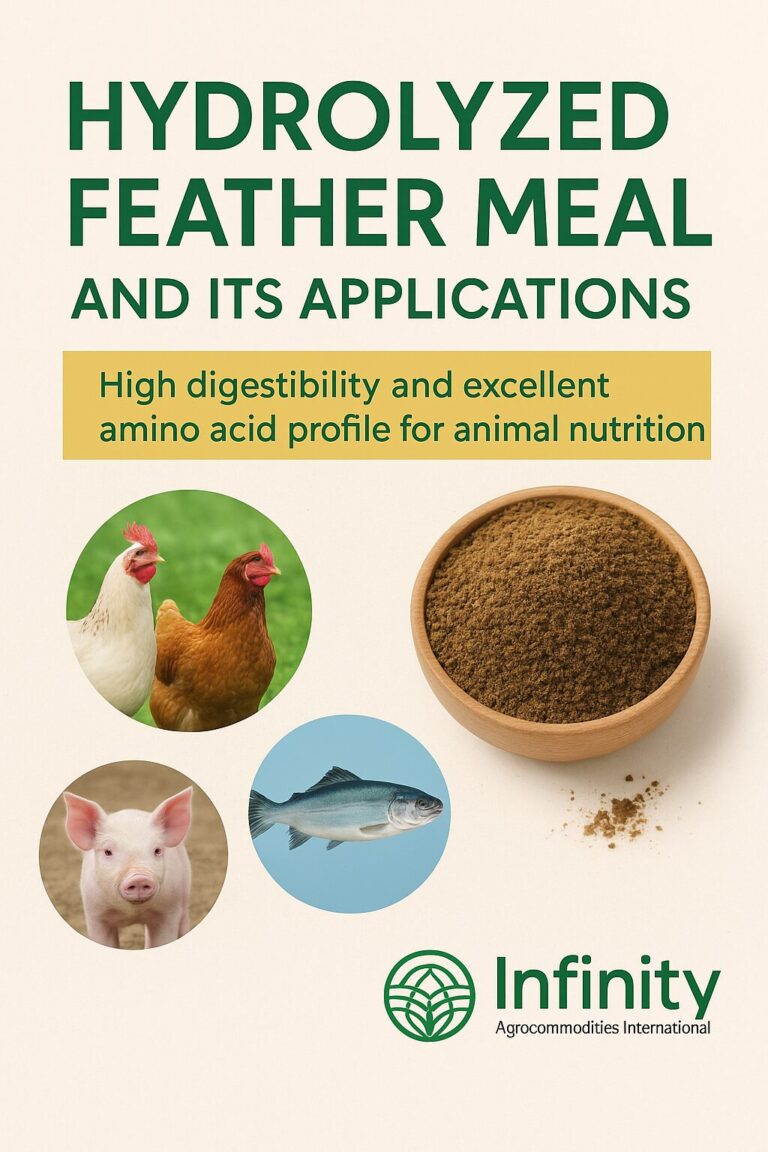Soybean Watch: The impact of soil compaction on plant growth is real — you can see the difference.
Documenting soil compaction can sometimes seem elusive. Because compacted layers are below the surface, you can’t see them directly. But Steve Gauck says that if soil compaction impacts plant growth and development, you can pick out affected plants just by looking.
“They’re often stunted and shorter than normal plants growing where soil compaction either didn’t exist or was less extensive,” says Gauck, a regional agronomy manager for Beck’s, based near Greensburg, Ind. Beck’s sponsors Soybean Watch ’24.
“Shorter plants usually mean fewer total nodes,” Gauck continues. “Fewer nodes typically means fewer pods per plant. And fewer pods per plant means less opportunity to produce as many seeds per plant. Fewer seeds per plant translates directly into fewer bushels per acre at harvest.”
Soil compaction can be a cost of doing business, especially in seasons like this one where rain during the planting window causes delays. Especially if you have lots of acres to plant, the pressure mounts to accept less-than-ideal conditions and get soybeans into the ground. The result can mean creating soil compaction — either hardpans or even sidewall soil compaction in the planting trench itself.
Diagnosing soil compaction
Gauck suspects soil compaction when he sees plants that aren’t doing as well as they should, especially if they seem spindly with nodes spread apart farther than normal.
“Weather conditions will play a role in determining if we see an impact from soil compaction on plant growth and development,” Gauck says. “Normally, the drier the weather and the more stress put on plants, the quicker visible signs appear. But we can find some plants impacted by soil compaction almost every year, especially on turn rows or in other high-traffic areas.”
Once Gauck identifies soybean plants that might be affected by soil compaction, he pulls out a shovel or trowel to begin digging. The real proof will be in root systems, he says.
“Soil compaction tends to cause root systems to be less robust and smaller in total overall volume,” he explains. “With sidewall soil compaction, they may grow down more than out and sideways, because they’re restricted by soil compaction in those directions. On the other hand, if there is a hardpan under the surface, roots may grow laterally, unable to penetrate downward as much as plants would prefer.”
Let root volume and shape serve as clues, Gauck says. You can also look for visible compacted layers as you dig. Finding them may be more difficult if you’re looking while soils are still fairly moist.
You may also want to carry a device called a penetrometer. Shaped like a tile probe with a gauge on the handle, readings on a dial go up as more force is required to push the rod into the soil. The more pressure it takes, the more resistance from compacted soil layers.
You can do the same thing with a tile probe, except you must guess at how much pressure it takes to penetrate soil vs. watching a readout on a dial. “The goal is to determine if there are compacted layers present that may be impacting how roots attempt to move deeper into the soil,” Gauck concludes.
From the field:
Soybeans reach for home stretch
Here is what’s happening around the Midwest as soybeans prepare for the all-important stretch run:
In Wisconsin. “Soybeans are in the R3 to R4 stages here and are still surprisingly clean of most diseases. Some white mold has been found in small areas, but it is not widespread yet. Japanese beetles are present, and aphids have blown up in some drier areas as well. Monitoring their populations and possibly spraying for them may be warranted. Otherwise, a sunny and dry stretch of weather is forecast but, as always, a nice August shower will likely benefit the soybean crop, despite plenty of water so far.” — Joey Heneghan, Beck’s field agronomist
In South Dakota. “We are currently seeing a lot of acres being sprayed for aphids. However, we’re not seeing or hearing about any diseases yet. In some areas, growers will possibly be spraying for weeds again with a late flush that is just under the canopy currently. Some of the best-looking beans here have had at least one foliar fertility application.” — Jerry Mathis, Beck’s field agronomist
In Kansas. “I have received a couple phone calls regarding sudden death syndrome reporting symptoms in northeast Kansas. Upon further scouting, one of them was true SDS. The other two fields ended up being the result of soybean stem borer. This insect is relatively new here, but more reports have been appearing over the last couple of years. Although there really isn’t much that can be done once the larvae burrow their way into the soybean stem, we provide information on what this insect is and the importance of splitting stems open when SDS-like symptoms appear to get proper identification of what is going on.
“Over the next two weeks, a lot of fungicide and insecticide applications will take place, as many of our soybeans are hitting the R3 and R4 growth stages.” — Brian Green, Beck’s field agronomist
In Iowa. “We continue to see Japanese beetles feeding. Waterhemp escapes are showing up in places — drowned-out spots due to excessive rains or just a lone plant that hid right next to the row and survived the post herbicide application. It seems like we are seeing just how prolific of a seed producer waterhemp is. It is showing off its unique ability for a new flush of waterhemp seedlings to germinate with each rain.
“Most soybean fields are in R4 growth stage. We had some hail come through just southeast of Des Moines in Mahaska County. Soybean fields are drying out after last week’s heavy rains, and most fields weathered the storms nicely.” — Greg Shepherd, Beck’s field agronomist
Source: https://www.farmprogress.com/soybean/see-effects-of-soil-compaction-on-crops





